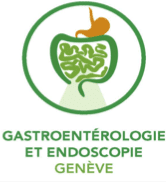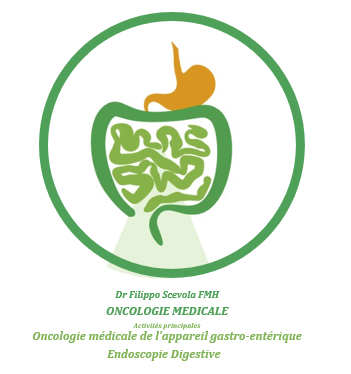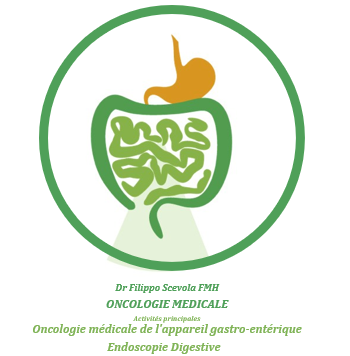MY SERVICES
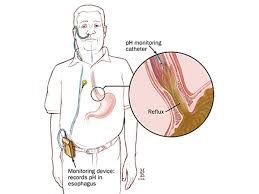
Slide title
Write your caption hereButton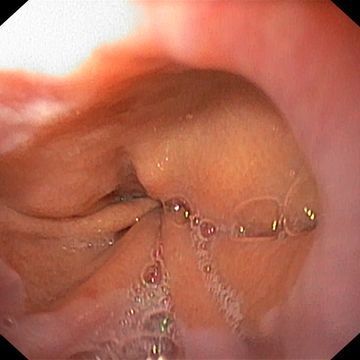
Slide title
Write your caption hereButton
Oesophagogastroduodenoscopy
A gastroscopy is the procedure used to diagnose conditions affecting the oesophagus, stomach and duodenum.
It is an essential tool in providing a precise diagnosis that will enable proper treatment.
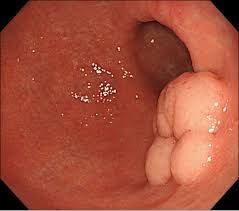
Slide title
Write your caption hereButton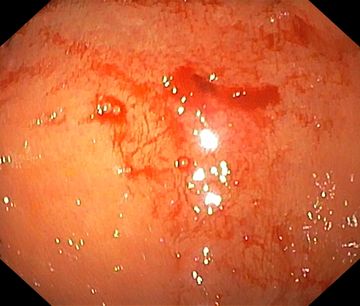
Slide title
Write your caption hereButton
Full colonoscopy
A colonoscopy is performed by inserting the colonoscope – a thin, flexible instrument with a miniature high-quality camera at the end – into the anus as well as working channels for the insertion of microsurgical instruments used to treat certain conditions of the colon.
Suitable laxatives must be taken in preparation for this examination. The gastroenterologist will prescribe this preparation. A colonoscopy is often thought of as an embarrassing or even painful procedure. However, it can be performed without difficulty at the gastroenterologist’s practice – with sedation or under light anaesthesia depending on the patient’s needs.
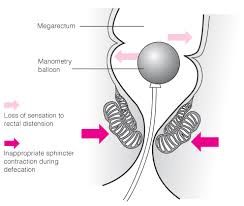
Slide title
Write your caption hereButton
Anorectal manometry
Anorectal manometry analyses the two main functions of the anorectal region – continence and defecation. This procedure measures sensation in the rectum and pressure variations in the anal sphincter.
It is primarily indicated in case of incontinence or evacuation problems.
The measurements are taken using a very fine probe inserted into your anus.
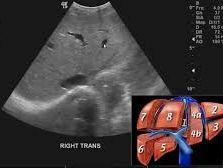
Slide title
Write your caption hereButton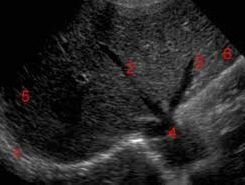
Slide title
Write your caption hereButton
Ultrasound
Today, abdominal ultrasound is the quickest and most painless method of providing patients with information on the state of some of their organs. It is a routine procedure performed by a radiologist (at the doctor’s practice, clinic or hospital) as medically prescribed. In such cases, it is covered by health insurance.
Ultrasound does not use X-rays like radiography or a scanner. It uses ultrasound waves emitted in short pulses from a probe. These waves pass through the skin and tissues to reach the organs, which reflect the waves to varying degrees depending on their density. The echo is received by the device and turned into images. Ultrasound provides an easy way of visualising ‘solid’ organs or organs containing fluids such as the liver, kidneys, gallbladder, pancreas, blood vessels and lymph nodes. However, it is not effective for ‘hollow’ organs containing air such as the stomach, duodenum, small intestine and large intestine.
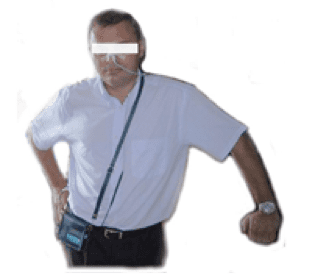
Slide title
Write your caption hereButton
Oesophageal ph-metry and impedance analysis
This involves the continuous measurement and recording of the pH of the lower oesophagus over a period of several hours.
PH-metry is one of the investigations that can be used to establish a diagnosis of gastroesophageal reflux (abnormal passage of stomach acid into the oesophagus). It can also be used to check the effectiveness of surgical or medical treatment for this condition.
PH-metry is a very reliable test that detects GERD in 96% of cases with a specificity of 96%.
Address
Dr. Scevola Filippo
Route de Florissant 10
1206 Genève
Legal
